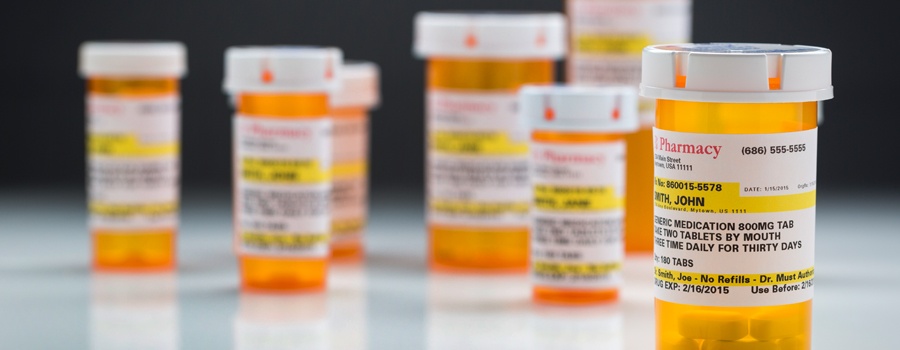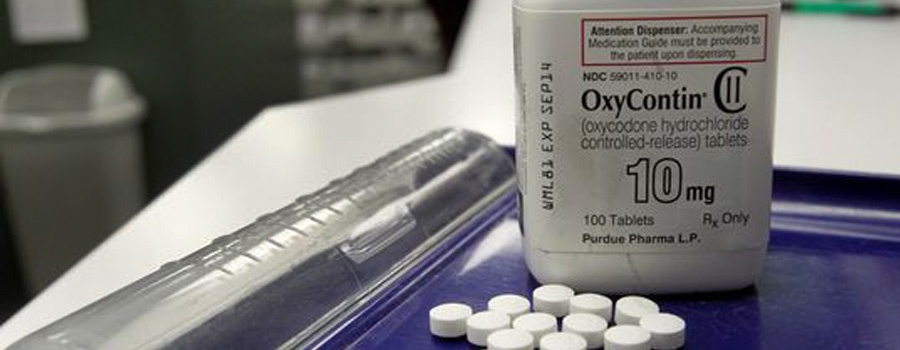Tag: opioid
-

2023 Prescribing and Pharmacology of Controlled Drugs Conference
The Medical Association of Alabama hosted its annual meeting on November 18-19, 2023, at the Hyatt Regency Birmingham-The Wynfrey Hotel in Birmingham, Alabama. The focal point of this gathering was the renowned “Prescribing and Pharmacology of Controlled Drugs Conference,” marking the 15th year of its occurrence and the 45th presentation of the 12-hour Prescribing and…
-

Opioid Prescriptions in Alabama Fall for 8th Consecutive Year
Contact: Jeff Emerson, 205-540-2247MONTGOMERY – Alabama physicians are taking action to reduce the number andpotency of opioid prescriptions and to increase access to medication that rapidlyreverses opioid overdoses, according to a new report released Thursday from theAmerican Medical Association. The report shows:• Opioid prescriptions in Alabama decreased 41.6 percent from 2012-2021. From2020-2021, opioid prescriptions in…
-

Opioid Use Decreased in Medicare Part D While MAT Increased
The nation has been grappling with an opioid crisis for years. In 2017 alone, there were 47,600 opioid-related overdose deaths in the United States. It continues to be a public health emergency. U.S. Department of Health & Human Services Office of the Inspector General has been tracking opioid use in Medicare during this crisis, particularly…
-

CDC Clarifies Opioid Prescribing Guidelines
Since the Centers for Disease Control and Prevention released its Guidelines for Prescribing Opioids for Chronic Pain in 2016, physicians have relied on the document for recommendations when prescribing pain medication to their patients. However, because the CDC did not specifically clarify the guidelines in the original release, many physicians’ groups have been concerned the…
-

Drug Overdoses in Young People on the Rise
PISCATAWAY, NJ – In American adolescents and young adults, death rates from drug poisoning, particularly from opioids, have sharply increased over the last 10 years, according to new research in the Journal of Studies on Alcohol and Drugs. In 2006, the death rate from drug poisoning from any type of legal or illicit drug was 8.1…
-

Alabama Medicaid Cumulative MME Edit Coming Early 2019
UPDATE April 26, 2019: Effective May 1, 2019 the Alabama Medicaid Agency will begin implementing cumulative daily MME edits for opioid experienced recipients. Higher doses of opioids are associated with higher risk of overdose and death – even relatively low dosages (20-50 MME per day) may increase risk.1 Therefore, Alabama Medicaid will limit the amount of…
-

Attention Primary Care Providers: Alcohol and Drug Conference is March 19-21
See also: Are You Interested in Becoming a DATA-Waived Physician? Alabama Department of Mental Health has partnered with the Alabama Department of Public Health on a grant to increase awareness of substance use disorders among primary care professionals. This grant will allow ADMH to pay the registration fee only for any of the following to…
-

New Statistics Show Doctors Positively Impacting Opioid Epidemic
MONTGOMERY — Alabama’s physicians are having a positive impact on the opioid epidemic here at home while national statistics are showing for the first time, Americans’ odds of dying from an accidental opioid overdose are higher – 1 in 96 – than from a motor vehicle crash – 1 in 103. Using data from the…
-

It’s Not Just About Opioids…
According to the National Institute on Drug Abuse, more than 30 percent of overdoses in the United States involving opioids also involve benzodiazepines, or “benzos.” Statistics from the Centers for Disease Control and Prevention show more than 115 Americans die each day from an opioid-related overdose. However, between 1996 and 2013 the number of adults…
-

MME Edit Coming in Early 2019
The Alabama Medicaid Agency is working on implementing Morphine Milligram Equivalent (MME) edits in early 2019. Higher doses of opioids are associated with higher risk of overdose and death – even relatively low dosages (20-50 MME per day) may increase risk. Therefore, beginning in early 2019, Alabama Medicaid will limit the amount of cumulative MME’s allowed per…